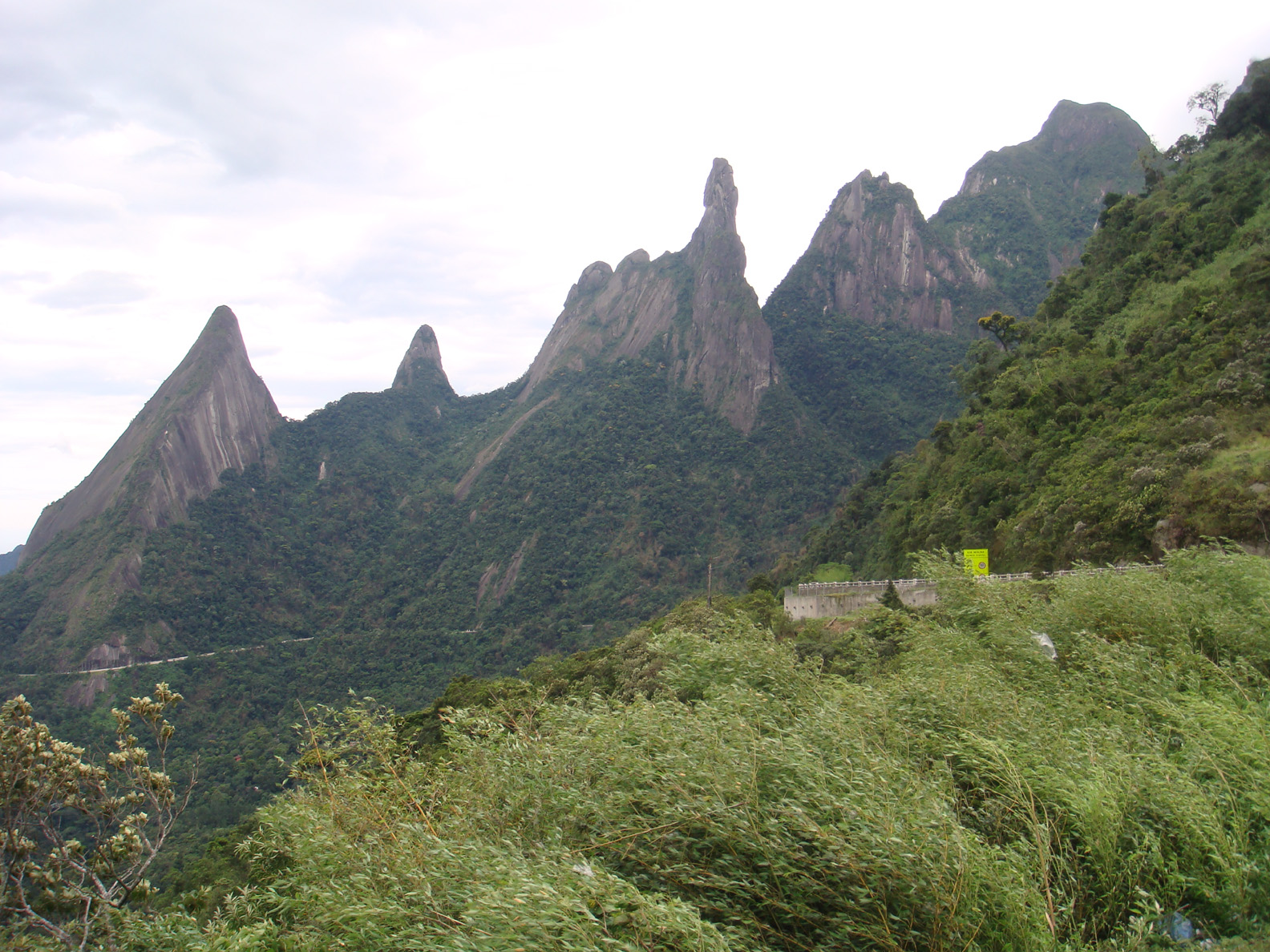Brazil’s Blueprint for Reforestation
Author: Jonathan Watts
The misty forests of Miguel Pereira, just two hours drive from Rio’s Copacabana beaches, show the scars of development. Over the past century, this part of the Atlantic forest has experienced three waves of development – logging, coffee plantations and cattle ranching – each of which ran down the environment a step further.
By 2008, there was almost nothing left to extract. The hills were stripped bare, the rivers dry and the soil degraded. Local people were left in poverty. Many moved to Rio to find work.
But now they are returning because Miguel Pereira is once again frontier territory and is being held up as a model in a new global campaign to revitalise 150 million hectares – six times the area of the UK – of degraded land around the planet by 2020. The success story at Miguel Pereira will also be food for thought for ministers and heads of state from around the globe attending the Rio+20 summit next week on sustainable development.
One aim of that meeting is to forge a global “green economy” from the ruins of the financial crisis and the Miguel Pereira experiment shows how environmental investments can also reduce poverty. It has done this through sustainable agriculture, renewable energy and a move away from GDP as a main measure of national wellbeing.
The Rio city government, water utility, corporate sponsors and environmental NGOs have started to pay for ecological services – clean air, fresh water, fertile soil and carbon sinks – that are provided by forest restoration.
Local landowners get an annual income of 60 Reals (around £19) per hectare and villagers are paid for planting saplings and maintaining the canopy at four sites in the region.
Three years in, the results are visually impressive. More than 950 hectares of formerly brown and barren hillsides are once again lush with the native species of the Atlantic forest, such as yellow flowering Araguaney and fast-growing Angico Artemisiana – some of which are almost 10 metres tall.
For conservationists, this is good news because it strengthens the Tinguá Bocaina corridor – one of the world’s great biodiversity hotspots. The city of Rio benefits from carbon sequestration and the maintenance of the Guandu watershed, which supplies 80% of the water to the metropolitan area and 30% of its energy.

